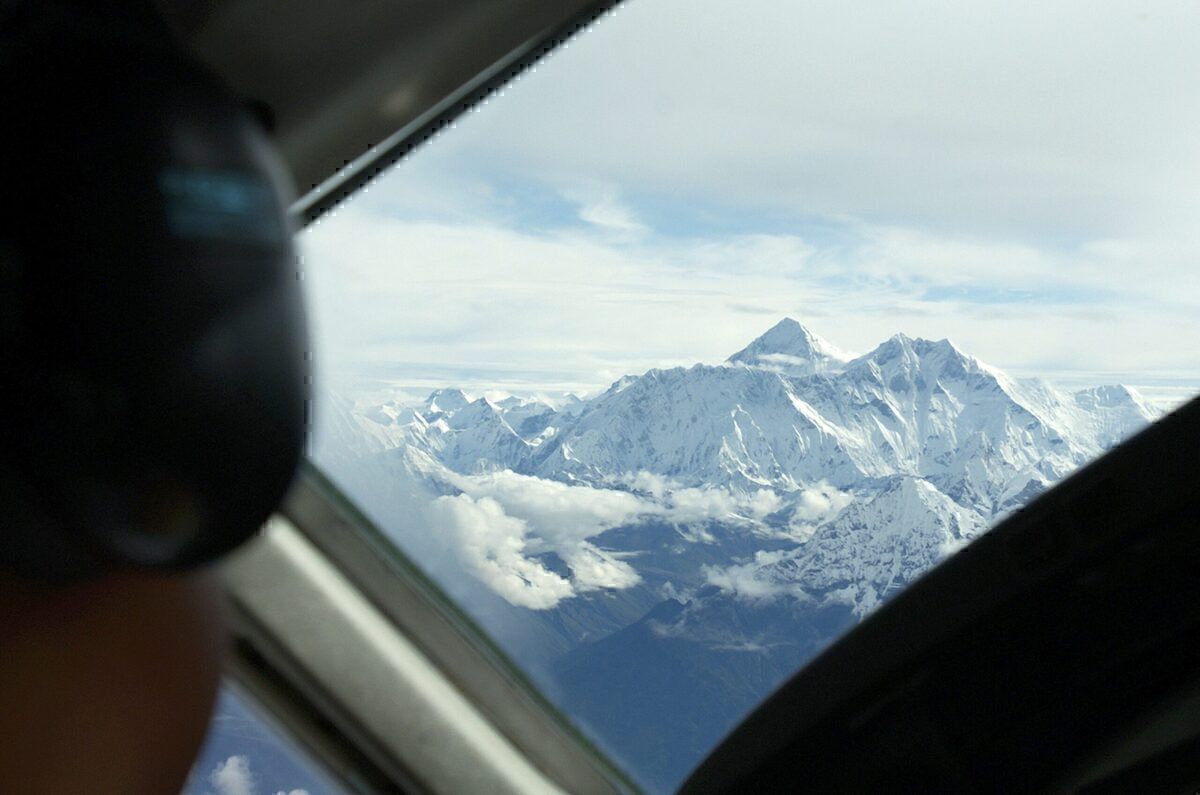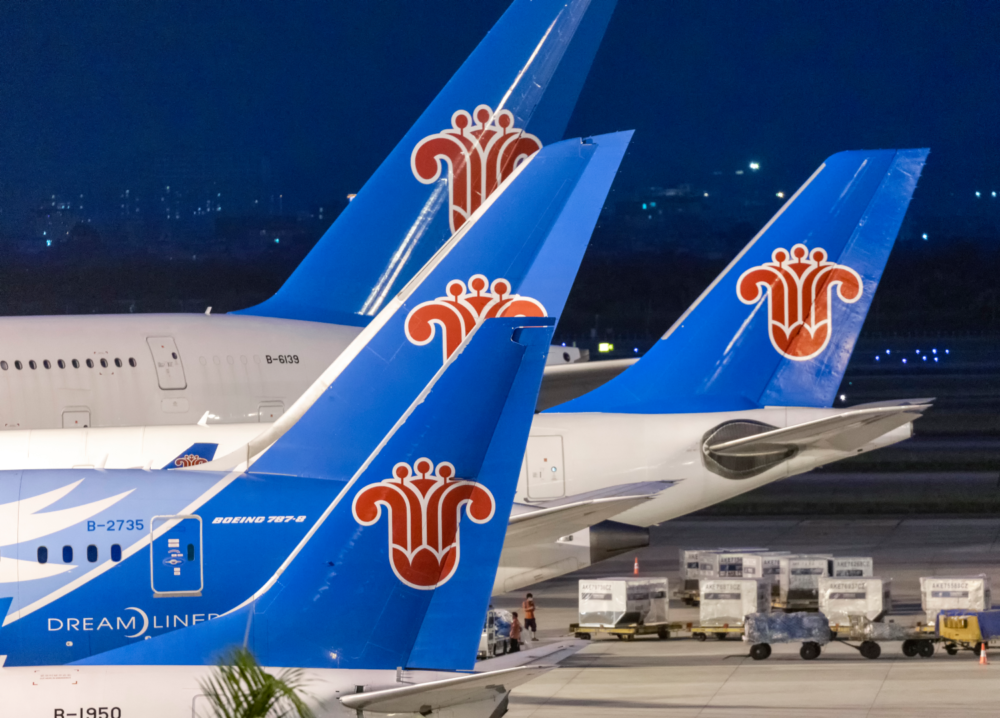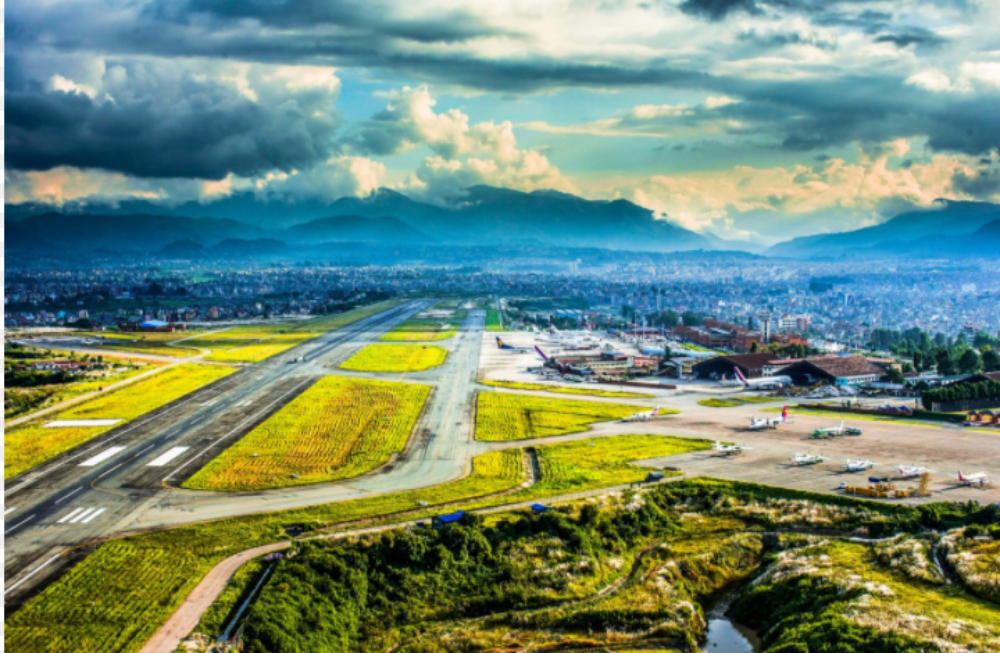You might have thought there were no corners of the earth modern aircraft didn't fly over. But there are still a few last frontiers - the Arctic, Antarctica, and the Himalayas, for example. It's not that airplanes never overfly these areas. Rather, for safety reasons, they generally prefer not to. Here, we'll take a look at why airplanes avoid flying over the Himalayas.
What's possible isn't always practicable
Technically, many modern airplanes can overfly the Himalayas. But it is a vast area, over 2,300 kilometers in length with an average elevation of over 6,000 meters. The tallest peak is Everest, at 8,848 meters, meaning commercial airlines can't fly below FL310 in the vicinity. That immediately rules out many modern aircraft types on long-haul flights, such as the Boeing 777-300.
The Himalayas also take in a politically sensitive border region. The Chinese heavily restrict commercial aircraft access over Tibet, generally only allowing Chinese airlines to overfly the region. Both the Chinese and Indian military conduct extensive exercises in and around the Himalayas, and there can be substantial military traffic in the area.
Further deterring airlines is the lack of flat terrain, meaning opportunities for emergency landings can be few and far between. There are only two decent airports in the region, Lhasa and Kathmandu. Lhasa's Gonggar Airport has a 4,000-meter runway, and Kathmandu's Tribhuvan International Airport has a 3,350-meter runway.
It's not that commercial aircraft never fly over the Himalayas - some do, especially Chinese airlines. There are usually a number of domestic flights in Nepal which head into the high Himalayas. In addition, there are a few short-haul international routes, such as between Kathmandu and Xian, Lhasa, and Chengdu.
Stay informed: Sign up for our daily aviation news digest.
The Himalayas present safety challenges for airplanes
From a pure demand point of view, the Himalayas lies in a part of the world that generally doesn't see a lot of flyover traffic. Flights between city pairs in Asia and Europe usually fly to the north or south of the Himalayas simply because it's shorter. In terms of north-south flying, there aren't many city pairs that necessitate overflying the Himalayas.
The geography in this part of the world presents a lot of safety challenges for aircraft. Let's say you are cruising at FL340, safely above the highest Himalayan mountain. But a decompression event occurs. If oxygen masks drop, the plane needs to descend to 10,000 feet pretty quickly, otherwise, supplies of oxygen will run out. But dropping to 10,000 feet isn't an option over the Himalayas. The absence of available airports nearby to make a hasty landing complicates the issue.
The problem of clear air turbulence and possible fuel freezes
A further safety issue is the amount of clear air turbulence around the Himalayas. Clear air turbulence is hard to pick up on the radar, so difficult for pilots to spot, but high mountain ranges are breeding grounds for clear air turbulence. According to the Federal Aviation Administration, clear air turbulence is the number one cause of injuries to passengers and crew in non-fatal accidents.
Then there's the problem of fuel freezes. The higher you fly, the colder the conditions. Jet fuel can freeze at -47 deg Celsius and high above the Himalayas, that's a possibility. Normally, a plane would descend to a lower (and warmer) altitude to avert the problem. Obviously, overflying the Himalayas, this isn't an option.
Himalayan overflights do occur, not just very frequently. But if you've ever been on one, we'd love to hear about the experience. Post a comment and let us know about it.



